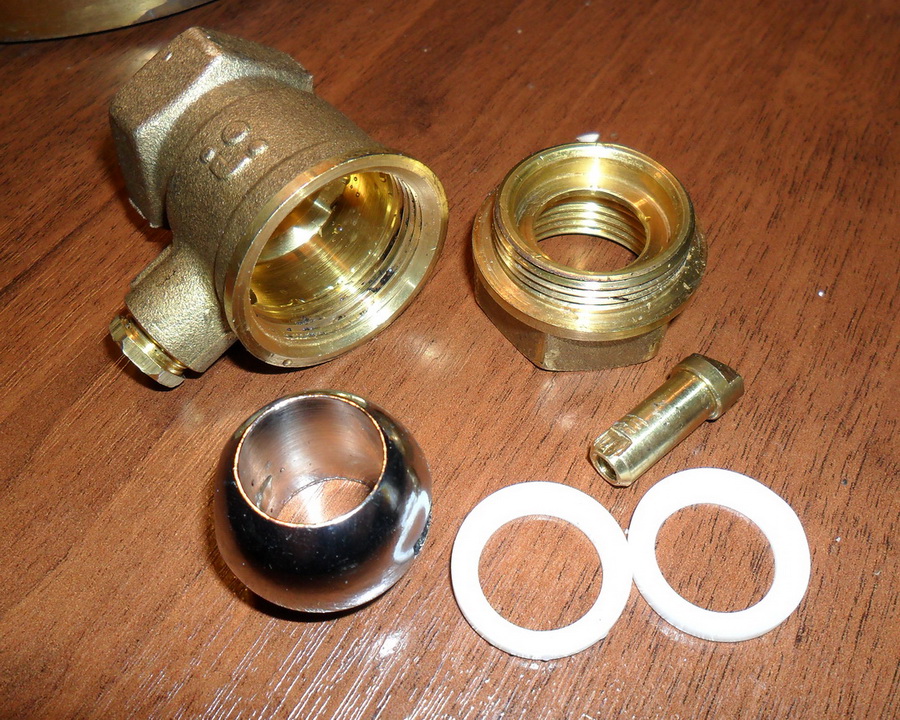Please do not block ads on our site. Clicks on ads help us exist, grow and become more useful for you!
Repair of threaded ball valve
Operation
The valve must not be operated with the ball in an intermediate position. The valve should be either fully open or fully closed.
It is not allowed to use additional levers that extend the handle for opening/closing the valve.
To prevent the ball from sticking during operation, the valve should be opened/closed periodically.
To avoid water hammer, the ball valve should be opened/closed slowly.
In case of system freezing, after draining, the ball valve should be opened/closed several times. Ice formation in the ball valve is not allowed. If the ball valve was closed during drainage, water might remain in the ball's flow part, which could freeze and cause the body to rupture.
The pressure and temperature at the valve's installation point must not exceed the working pressure. For most valve designs, operation with simultaneous maximum temperature and nominal pressure is not allowed.
It is recommended to clean the ball valve from dust and corrosion every six months and to tighten threaded connections if necessary.
Repair
| Fault | Cause | Correction |
|---|---|---|
| Non-hermetic closure | Damaged end seal on the ball | End seal damage may be caused by lime deposits or solid particles in the working medium. Disassemble the valve and replace the ball's end seals. |
| - | Abrasive wear of the ball. The valve was in a partially open position, which is not allowed. | If the working medium contains solid particles that could damage the polished surface of the ball, replace the ball or valve. To prevent further failures, install a mesh filter before the valve. |
| Leakage at the valve stem | Damaged stem seal | Drain the pipeline, remove the handle, loosen the sealing nut, remove the retaining ring holding the seal, and the seal itself. Install a new seal, retaining ring, nut, and handle. |
| Cannot open/close | Stuck ball | Replace the ball. See the disassembly procedure below. |
Disassembly procedure for brass threaded ball valve
To repair the ball valve, the section where it is installed must be drained, and the valve disassembled.
Remove the handle and loosen the nut holding the stem seal. Remove the retaining ring, the Teflon stem seal, and the stem itself.
The body of the brass ball valve is glued with a sealant, so some manufacturers recommend heating the connection to 200°C before disassembly.
Screw the threads into the valve couplings and secure the body in a vice on one side while turning the other side with a wrench. Remove the Teflon seal and the ball.
question : comment : feedback
372
 Catalog of
Catalog of of ball valves
Genebre
Genebre
Genebre
Genebre
Genebre
Genebre
Valtec RUS
Valtec RUS
Valtec RUS
IVR
IVR
IVR
IVR
Breeze
Oventrop
Oventrop
Danfoss
Danfoss
Honeywell - Resideo
VIR
VIR
FAF
Broen
Broen
LD
Vexve
Vexve
Bray
IMI Hydronic
IVR
IVR
IVR
Naval
FAF
Valtec RUS
Маршал
Breeze








